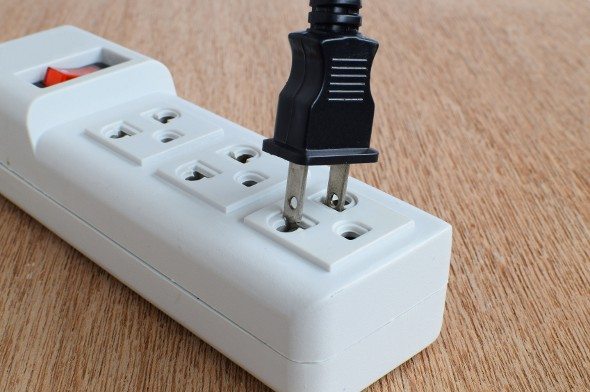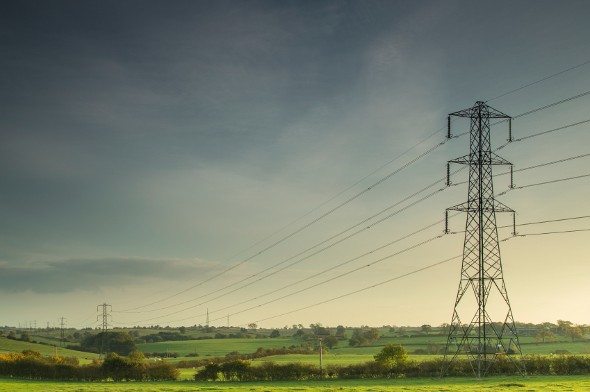According to the U.S. Energy Information Administration, the average monthly residential electric bill for Americans was $117.46 in 2020, up from $115 in 2019. However, several factors such as location and home size will affect the price of your electric bills. We’ll tell you all you need to know about the average cost of your electric bills. If you’re looking for ways to save to reach your financial goals, a financial advisor can guide you through every aspect of your financial life.
The Average Electric Bill
In 2020, the average residential monthly electric bill was $117.46 in the U.S., according to the Energy Information Administration (EIA). Your location was a major factor in how much you paid. The Pacific Noncontiguous region of Alaska and Hawaii paid an average of $146.84 while the mountain region paid an average of $104.78. All other regions were varied in between. The state with the most expensive average bill was Hawaii ($162.66) while the state with the most affordable average bill was Utah ($80.24).
Electric bills tend to climb from North to South and from the West Coast to the East Coast. If you live in a region with more cooling degree days, you can expect your electric bill to be higher than those in places with fewer of these days. Utah, for example, takes advantage of its plenty of sunshine by using more solar panels than many other states, which can lower their average bill.
Prices also vary by state based on consumption levels. The one that consumed the most in 2020 was Louisiana. The price of electricity use in the U.S. in 2020 ranged from 9.67 cents per kilowatt-hour (also in Louisiana) to 22.71 cents per kilowatt-hour (Connecticut).
Breaking Down the Average Electric Bill

Multiple factors affect the size of your electric bill. But the two most important things that determine how much you pay are energy consumption and electricity rates.
The more people you have in your household, the more electricity you’ll likely use. So if you should expect to see increases in your electric bill if you plan to have guests staying with you for an extended period of time. If you can’t decide whether to buy a house or continue renting, consider the fact that you’ll probably see your electric bill go up if you choose to become a homeowner.
Weather plays a role as well. You might pay the most for power in the summer when rates are higher due to an increased demand for electricity and the higher cost that comes with needing to generate more electricity for air conditioning. If bad weather knocks down power lines or more people need to use electricity to keep themselves warm during a snowstorm in the winter, your bill could also be higher than normal.
Electricity rates can also change depending on fuel costs and the cost of delivering electricity and keeping power plants running. While the price of supplying electricity can rise and fall from one minute to the next, in most cases, that cost is based on seasonal averages. Rates differ by region and state due to factors like differences in climate, ease of distribution, local price regulations, and access to natural gas.
The electricity rates that utility companies charge are measured in kilowatt-hours. A single kilowatt-hour provides enough power to keep a 100-watt light bulb shining for 10 hours. That’s the equivalent of using a computer for five to 10 hours and watching 10 hours of TV.
How to Lower Your Monthly Bill
If you’re sick of spending a large chunk of your income on electricity, you can do something about it. It’s a good idea to keep track of your electric bills so you can see how your prices vary over time, particularly if your rates aren’t fixed. If a competitor offers better rates, you might want to consider switching over.
If your utility company charges different rates at different times of the day, that’s something that you’ll need to be aware of. For example, electricity rates tend to be higher earlier in the evening and in the afternoon. That’s because the demand for energy tends to be higher then. Using less electricity during those hours might reduce your bill significantly.
Believe it or not, your devices can use up electricity the entire time they’re plugged in, even if turned off. Certain appliances and electronics, like computers, suck up more energy than others when they’re on standby mode.
Plugging devices into surge protectors that you turn off can make a big difference. So can washing clothes in cold water, turning down your thermostat, and buying energy-efficient bulbs and appliances. There are even apps like MyEarth that make it easy to monitor your energy consumption.
You can also take advantage of renewable energy to lower your overall monthly costs. An example is to use solar panels, if the area you live permits, and use the energy those panels create to lower your overall electric bill. Check out which states are leading the charge on renewable energy to see if there’s something you could do quickly.
How to Budget For Your Electric Bill
There are a number of ways to budget your money in order to make sure you have enough to cover unexpected expenses. One method is the 50/30/20 budget. This essentially means that you put 50% of your monthly income towards things that you need, 30% towards things that you want, and 20% towards debt or savings.
For example, if you had $10,000 of monthly income you would put $5,000 towards your needs, $3,000 towards your wants, and $2,000 towards your debt or savings. Budgeting like this every month ensures that you don’t go over what you have to spend and you know how much money you have to use if your needs suddenly increase.
Keep in mind that the amount you pay for your electricity is going to vary from month to month. Summer months typically bring larger electric bills than winter months because air conditioning often uses electricity while heat often uses gas. If you budget the same amount every single month for your electric bill you should have plenty in your account to pay for the higher months when it comes time.
Bottom Line
The average electric bill has increased quite a bit over the last few years (from $111.67 in 2017 to $117.46 in 2020). Based on the numbers, we can expect that average electricity rates will continue to rise in the near future for households across the country unless you take steps to lower your bill. It’s possible to reduce the size of your electric bill by making a conscious effort to unplug what you’re not using, picking up other habits that save energy, or by using renewable energy sources.
Savings Tips
- If you need help saving money for unexpected spikes in expenses, consider speaking to a financial advisor. Finding a qualified financial advisor doesn’t have to be hard. SmartAsset’s free tool matches you with up to three financial advisors who serve your area, and you can interview your advisor matches at no cost to decide which one is right for you. If you’re ready to find an advisor who can help you achieve your financial goals, get started now.
- If you feel like you’re doing everything you can to lower you bill already, you may want to consider getting an energy audit to see what other options you have to lower your bill.
Photo credit: ©iStock.com/peteholyoak, ©iStock.com/stocknroll, ©iStock.com/Prachob Champawong
